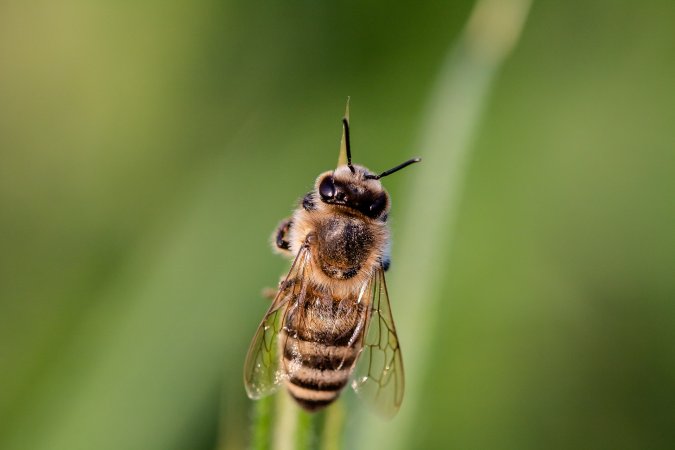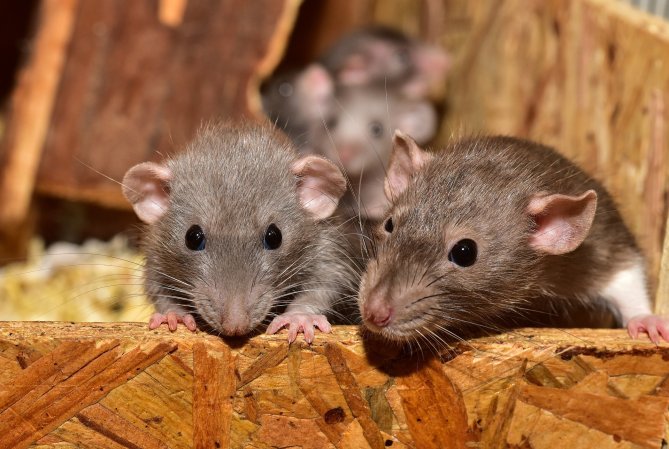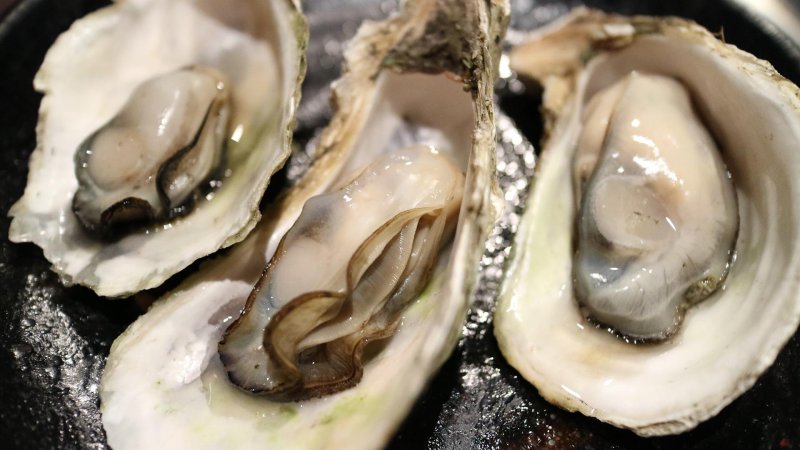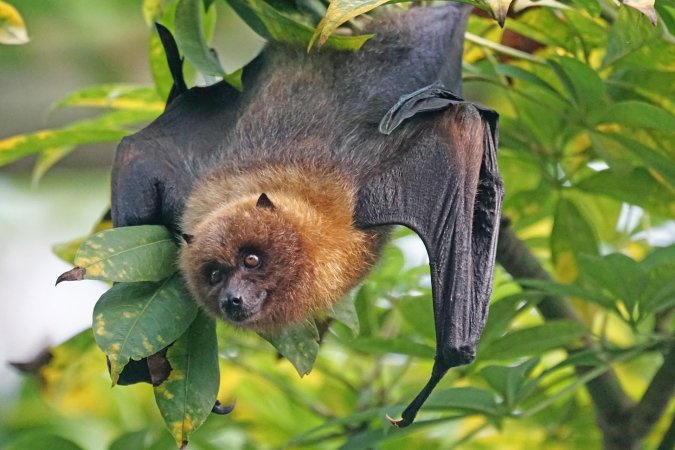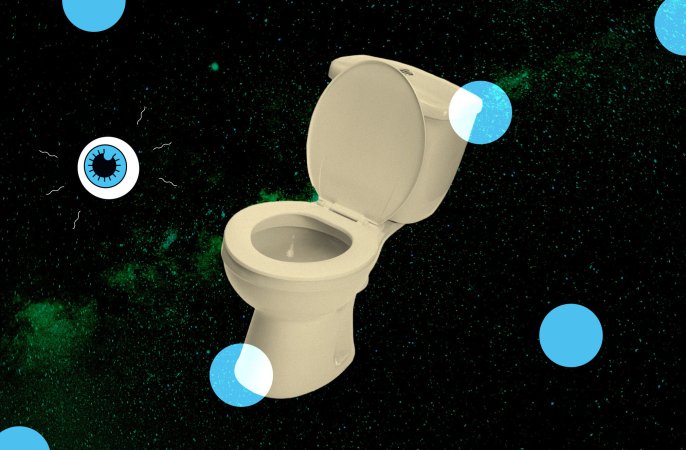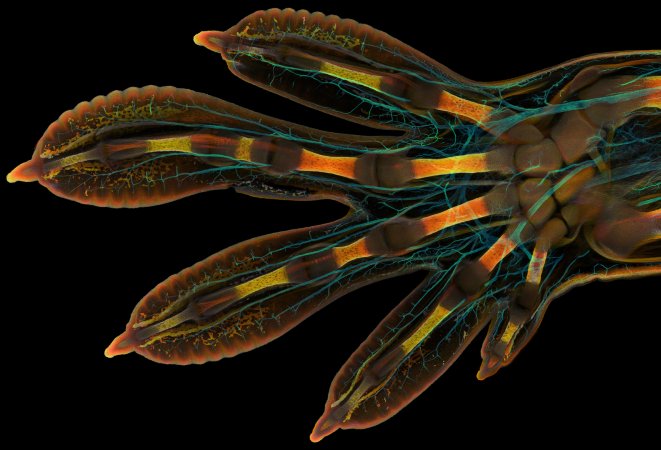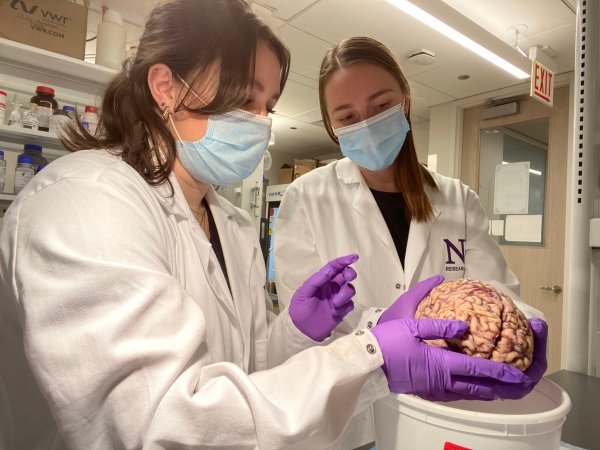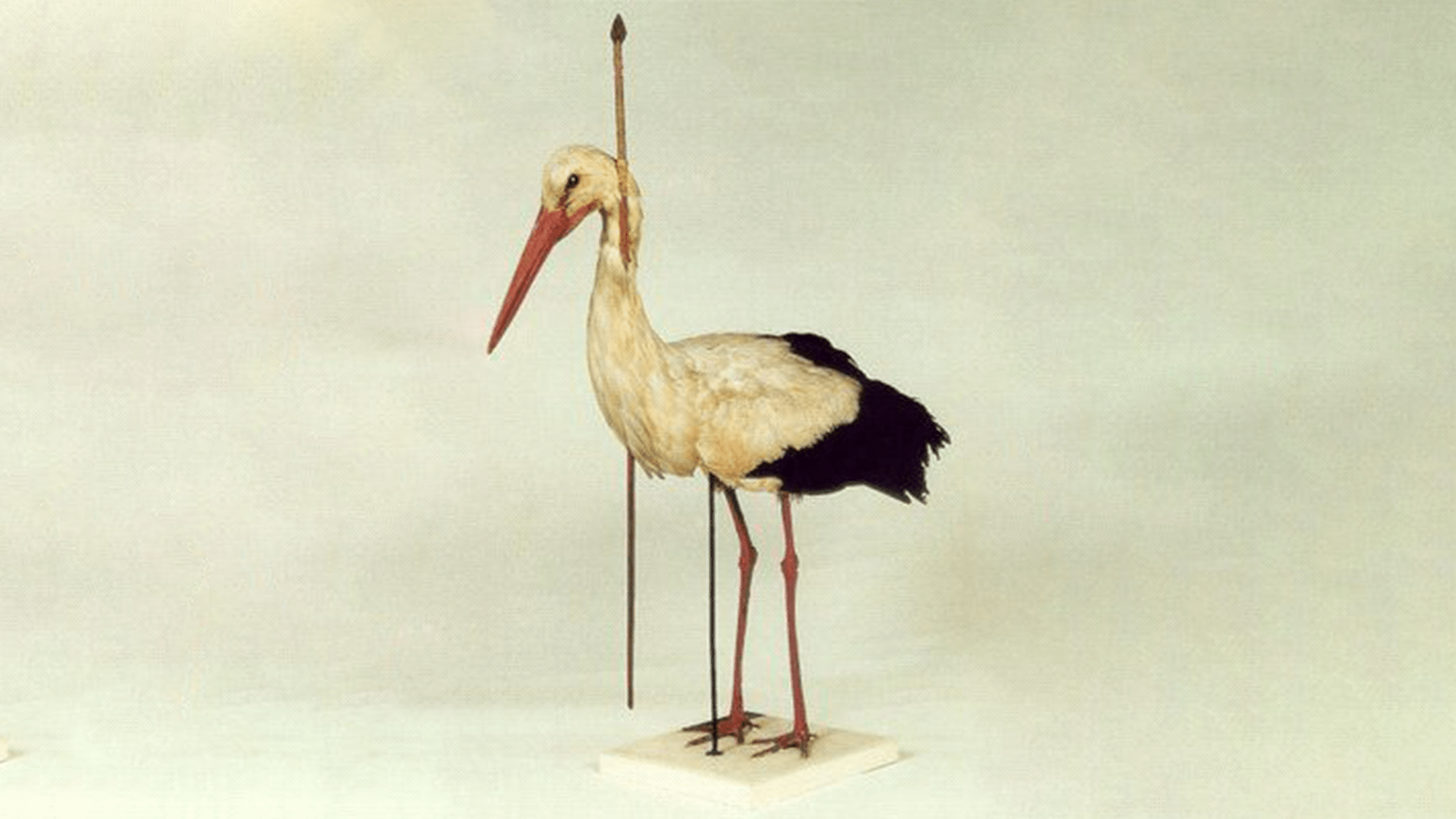

What’s the weirdest thing you learned this week? Well, whatever it is, we promise you’ll have an even weirder answer if you listen to PopSci’s hit podcast. The Weirdest Thing I Learned This Week hits Apple, Spotify, and everywhere else you listen to podcasts every-other Wednesday morning. It’s your new favorite source for the strangest science-adjacent facts, figures, and Wikipedia spirals the editors of Popular Science can muster. If you like the stories in this post, we guarantee you’ll love the show.
FACT: Lubrication is why chocolate feels so good on your tongue
By Chelsey B. Coombs
Most of us aren’t thinking about physics and materials science when we eat chocolate, but there’s a reason chocolate’s melt-in-your-mouth sensation feels so good, and it’s all about lubrication.
In a paper published in ACS Applied Materials and Interfaces in January 2023, researchers from the University of Leeds created a 3D artificial tongue surface and used techniques from a field of engineering called tribology to better understand the reason for chocolate’s specific mouthfeel. Tribology is basically the study of how surfaces interact with each other while they’re in motion and how friction and lubrication affect them.
What they found is that chocolate releases a fatty film – the lubrication – that mixes with your spit to coat your tongue and mouth. But the really interesting thing is that it’s the fat layer on the outside layer of the chocolate that contributes to chocolate’s mouthfeel and *not* the fat located on the inside of the bar. The researchers hope the research could help food scientists develop multilayered chocolate that’s better for you by reducing the fat on the inside of the chocolate, but keeping it in the outside layer that actually comes into contact with your tongue.
FACT: There’s a German word for a bird with an arrow stuck through its neck
By Rachel Feltman
In 1822, a white stork flew by a northern German estate with a shocking passenger in tow: it had a two-and-a-half-foot spear sticking through its neck. The wound didn’t seem to have bothered it much, since it had carried the weapon all the way from Africa.
The bird, which after all that was shot out of the sky and stuffed, was dubbed a pfeilstorch—an arrow stork. Examination of the weapon that impaled it revealed it was made of African wood, and similar in design to weapons used in Central Africa.

But that wasn’t just shocking because it meant the bird had flown thousands of miles with an arrow through its neck. The very idea that a stork might spend time on another continent was really big news. At that time, at least among Europeans, the fact that birds disappeared for part of the year was considered a total mystery. They didn’t know that the birds were migrating. The appearance of a local bird that carried proof of having recently been on a different continent also provided the best evidence to date that birds migrated.
Not everyone was totally clueless about migration. There are Indigenous folk tales that involve references to migrating geese flying off for the winter, and some Polynesian myths involve birds traveling long distances as well. That makes sense, because many Polynesian explorers were island-hopping themselves. They would have had a better chance of spotting a bird making a seasonal pilgrimage than, say, Aristotle would.
Aristotle, for what it’s worth, described some short-range migrations around the mediterranean as he observed them, and hypothesized that cranes might go to the edges of the earth to do annual battle with humans who lived there, for some reason. But he also thought that some birds, like swallows, simply hibernated in muddy lake beds, while others turned into entirely different kinds of birds, like caterpillars turning into butterflies.
These beliefs were still circulating in the late 1600s, which is when a scholar named Charles Morton argued that storks disappeared because they flew to the moon.
One especially fun thing about the pfeilstorch is that folks say some 25 of them have been recorded. I tried to trace that number back to its source, and the furthest I got was a 2003 newsletter, in German, from the University of Rostock, which is the institution that studied and taxidermied that infamous bird in 1822. I als found an english-language review of a German book published in 2005 called “Das Buch von Pfeilstorch,” or the book of the arrow stork, which apparently recounts and summarizes 24 known instances from the last few hundred years.
We do know that this strange phenomenon has happened more than once, because at least two have been reported at different times in recent history in Israel.
We now know that the stork’s 4,000 mile or so round-trip migration is actually pretty chill as far as bird migrations go. The Arctic tern flies from the Arctic Circle to the Antarctic Circle and back every year, which is nearly 19,000 miles. In 2022, researchers reported what could be the longest non-stop journey for a migratory bird, which was a five-month-old bar-tailed godwit that made it from Alaska to Tasmania—about 8,500 miles—in just 11 days. According to the little solar-powered GPS it was carrying, it did not stop.
FACT: Ovaries are more regenerative than we thought
By Rachel E. Gross
There’s one fact everyone seems to remember from high school biology: If you have XX chromosomes, you’re born with all the eggs you’ll ever have. Starting around puberty, your ovaries begin pumping those eggs out monthly, and the count starts falling. By the time you hit menopause, you’re down to zero. So I remember being shocked to learn while reporting my book Vagina Obscura that this simple countdown isn’t the whole story. Not even close. We now know that ovaries, like most tissues in the body, harbor stem cells. And those stem cells seem to be able to grow into new eggs.
As you might expect, this change holds serious consequences for how we think of female health and fertility. It also suggests that the ovaries may be less like trickling-away hourglasses, and more like rechargeable batteries.
One surprising reason we’ve started re-examining human ovaries in the first place is thanks to scientists who study sex shifting chickens and their mind-blowing gonads. Chickens have just one ovary—the other one withers away soon after birth—that supplies them with hormones and grows massive eggs on a near-daily basis. That single ovary also has remarkable powers of regeneration. In past experiments where scientists removed it, they learned that it often grew back completely, eggs and all. Sometimes, the bird even grew a new testes!
Often it takes fresh blood and a new lens to move science forward. For half a century, ovarian biologists of the human variety stuck to the truism that women were born with all their eggs, and ovaries degenerated over time. It’s no coincidence that chicken scientists were some of the first to point out that actually, human ovaries, too, might be using their stem cells to regenerate and replenish themselves throughout your lifetime—potentially even past menopause.
